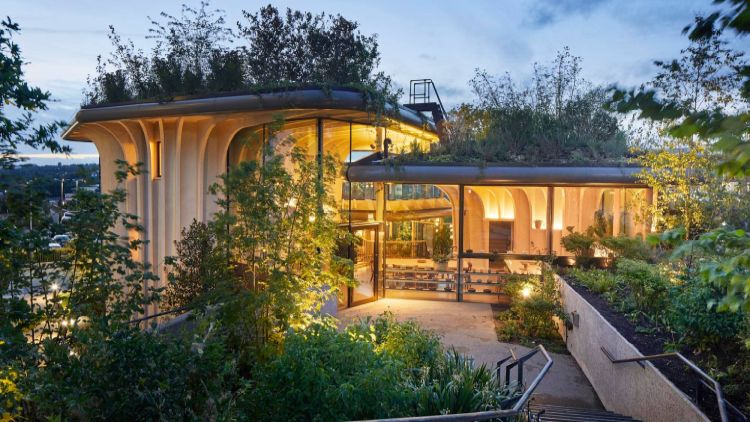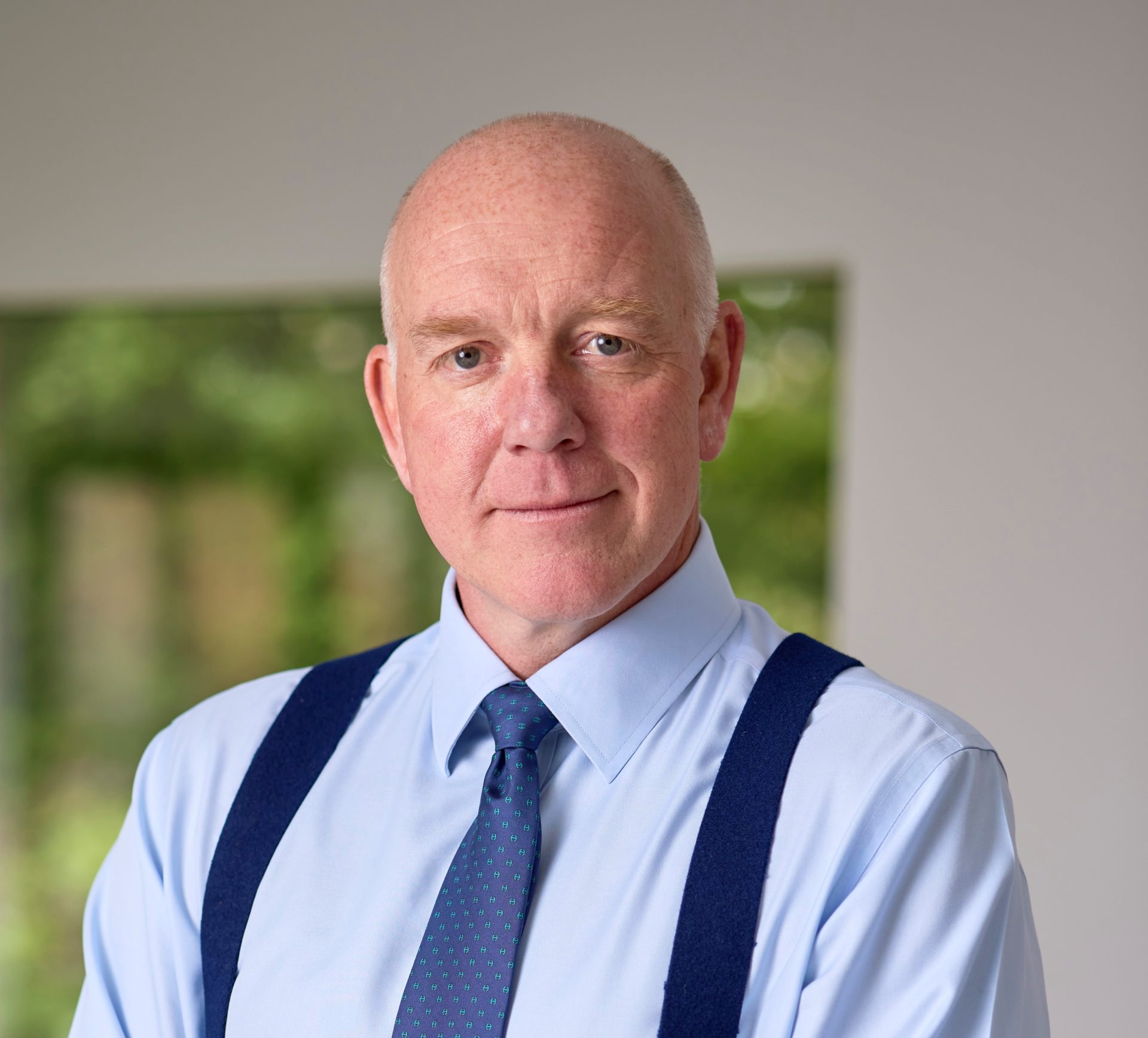
Maggie’s cancer centres prioritise the end user in their construction. It’s a lesson the rest of the construction sector can learn from, say Paul Hamer and Dame Laura Lee.
When Maggie Keswick Jencks was told her breast cancer had returned on a visit to Western General Hospital in Edinburgh in 1993, she and her husband were moved to a windowless corridor to process the news. It was this experience, at an already challenging time, that led Maggie and her husband Charles to found the first Maggie’s in Edinburgh in 1996.
Unique design
All Maggie’s centres, which sit alongside NHS cancer hospitals nationwide, are uniquely designed by a world-class architect to offer a home away from home for cancer patients. There, they can comfortably and confidently receive free practical and emotional support from expert staff. The centres are nothing like a hospital, rejecting clinical designs and atmosphere to instead offer calming spaces built around principles of wellbeing.
They are a source of escapism and strength to those who use them. The ambition is clear, but just how can such principles and ambitions be embedded in a build?
Sir Robert McAlpine’s involvement
Sir Robert McAlpine has been working with Maggie’s since the completion of the award-winning Singleton Hospital Maggie’s in Swansea in 2011, becoming official partners in 2016 for their shared values. The company has now built eight Maggie’s across the country, and has expert knowledge of how the construction sector can create spaces in the built environment attuned to people’s needs and wellbeing.
“While not all buildings will have the clarity of purpose for their use that Maggie’s have, these buildings are shining examples of spaces in the built environment that place wellbeing at their core.”
Consider the Maggie’s at the Royal Marsden Hospital in Sutton, for example, designed by Ab Rogers Design. Taking care to define its character in contrast to the surrounding hospital, this centre creates a private and intimate, but also accessible feel by designing its shell around the functions and activities to be contained within. The result is a building of five escalating volumes, with a double-height kitchen at its heart, to provide spaces for both quiet reflection and private moments and to encourage people to come together.
Materials contribute to wellbeing
The materials used in the build work hard to contribute to the centre’s function. Earthy colours project a warm and calm atmosphere, whilst a minimal materials palette reflects the centre’s close relationship with its surroundings and the biodiverse garden. This is further complemented by glass walls, strengthening the relationship between the textures and colours of the centre that echo the landscape outside.
Tactile materials, such as Douglas Fir and Harris Tweed, help to foster the sense of domestic living and community values of the centre too.
Whilst Maggie’s at the Royal Marsden is unique in design, it is by no means unique among Maggie’s centres in its quality or realisation of the charity’s values and approach to their visitors. It’s an approach that places the experience of the end user as greatest priority, and while this is undeniably of the utmost importance for people with cancer and their families, there are lessons here for all in the built environment sector.
While not all buildings will have the clarity of purpose for their use that Maggie’s have, these buildings are shining examples of spaces in the built environment that place wellbeing at their core. Wellbeing means so much more than the clinical aspects of healthcare, extending to socialising and spaces to share knowledge, as well as spending time connected to the natural world, something all stakeholders in construction would do well to remember as valuable to all end users, whether patients or not.
Paul Hamer is CEO of Sir Robert McAlpine and Dame Laura Lee is chief executive and co-founder of Maggie’s.











